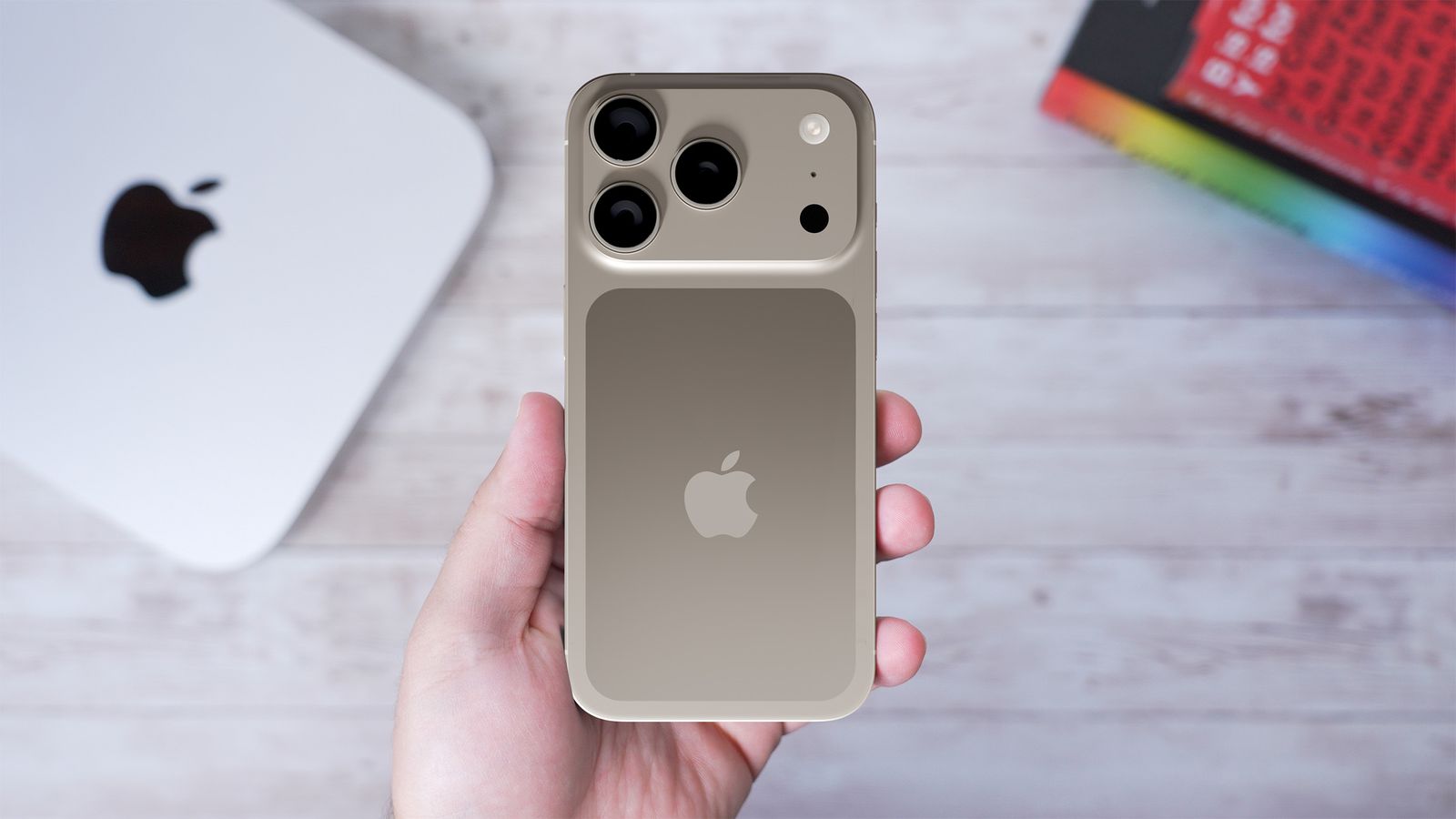Apple is on the verge of rolling out a significant design overhaul to its iPhone and other devices, with the introduction of its new Liquid Glass visual language, set to arrive this September. The changes, first announced in June, are now available for those enrolled in Apple's public beta program, offering an early glimpse into the future of iOS. The upcoming update, iOS 26, promises to bring the biggest visual change to the iPhone since 2014, with a design inspired by the Vision Pro headset, featuring glassy round elements and augmented reality capabilities.
The visual overhaul is substantial, touching every part of the device software, as well as all of Apple's own apps. The lock screen, for instance, can now generate a spatial scene using recent iPhone photos, creating a sense of depth and realism. The clock will also change height to suit the photo, giving the lock screen a professionally laid-out magazine spread look. Additionally, the home screen has been revamped, with icons becoming 3D stacks of shiny material, widgets resembling big round panes with information printed on them, and lighting that changes as you move your phone. While the new design may not be to everyone's taste, with some elements looking dated, it is undoubtedly a graphically impressive effect, even if it is inconsistent in its current state.
One of the most significant upgrades in iOS 26 is the introduction of windowed multitasking on the iPad, allowing apps to be run in windows of practically any size and shape. This feature is a significant improvement over the existing split-screen system, enabling users to interact with multiple apps simultaneously, scroll two apps at the same time, or copy and paste between them with ease. The new menu bar and redesigned Files app also let users interact with apps in a way that feels closer to a desktop computer. While the changes may take some getting used to, with a range of multi-finger shortcuts to learn, they have the potential to revolutionize the way users work and play on their iPads.
The implications of these updates are far-reaching, with potential benefits for productivity, creativity, and overall user experience. The use of AI-powered features, such as live translations and screen analysis, also highlights the growing importance of artificial intelligence in smartphone technology. As Apple continues to refine and develop its new design language and features, it will be interesting to see how users respond and adapt to the changes. With the final product still in development, there is time for Apple to address any issues and fine-tune the updates before the presumed wider launch in September.
The introduction of Liquid Glass and windowed multitasking on the iPad marks a significant shift in Apple's approach to design and user experience. As the company continues to push the boundaries of what is possible with smartphone technology, it is likely that we will see even more innovative features and updates in the future. For now, users can look forward to a sleek new design, improved multitasking capabilities, and a range of AI-powered features that promise to enhance and simplify their smartphone experience. With its commitment to innovation and user experience, Apple is set to remain at the forefront of the tech industry, driving developments and advancements that will shape the future of smartphone technology.
In conclusion, the upcoming iOS 26 update promises to bring a fresh new look and feel to Apple devices, with a range of features and upgrades that have the potential to revolutionize the way users interact with their smartphones and tablets. As the tech industry continues to evolve and grow, it is likely that we will see even more exciting developments and innovations in the future, driven by companies like Apple that are committed to pushing the boundaries of what is possible with technology. With its focus on design, user experience, and artificial intelligence, Apple is set to remain a leader in the tech industry, shaping the future of smartphone technology and beyond.

